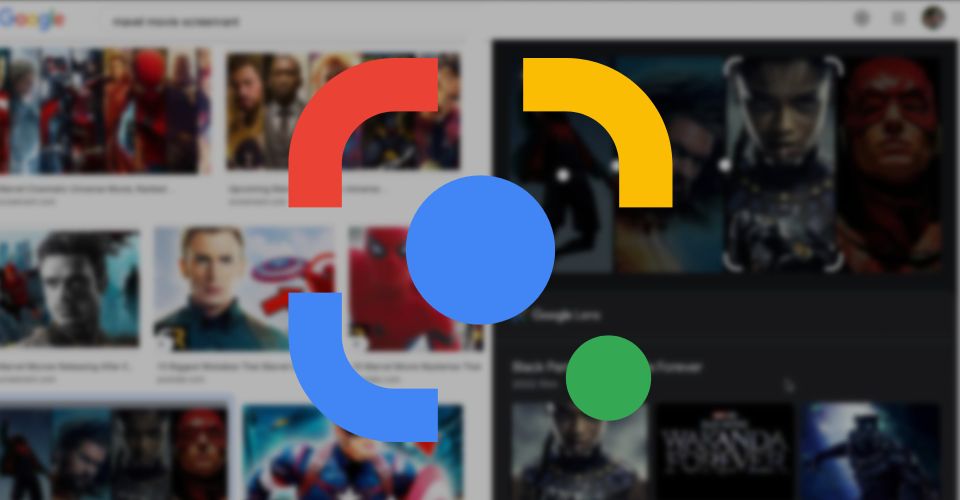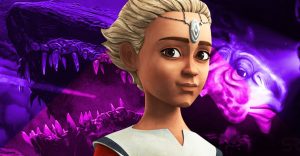How To Use Google Lens In A Web Browser

Google Lens is a remarkable tool that makes advanced AI easy to use and it can even be accessed on a computer via a web browser. Android device owners will be most familiar with Google Lens since it is built right into the camera app on many Android phones. After using it a few times and exploring the various options, it becomes clear how powerful Google’s image processing and analysis capabilities are. It really can read text, identify objects, and much more, when given just an image.
Google Lens was first announced during Google I/O in 2017. The search giant, and developer of the Android operating system, explained that it uses a neural network designed specifically for image recognition to identify objects in a photo and match them to relevant information. This is similar but more advanced than Google search, which performs the same task using text as the input.
Google Lens is also available on a desktop computer by using a web browser. That means the power of Google’s visual analysis can be enjoyed almost anywhere. There are a few different ways to access this capability. After doing a Google search, the user can click on the Images tab to see photos that match those keywords. Selecting any picture will open up a larger view and in the corner, overlaid upon the image, a Google Lens icon will appear. The icon looks a bit like a camera’s focus symbol (a reticle), or a dashed square with a dot in the center. Clicking on the Google Lens icon will trigger the magic and dots will appear over the photo as Google analyzes it. In a few seconds, the results will appear.
Refining Google Lens Results

Google Lens’ first results might not match the portion of the image that the user is interested in but the selection can easily be refined. A dashed rectangle that’s similar to the Google Lens logo will surround the area that Lens has identified as most relevant. One or more white dots might also be visible on the photo and each represents a different object that Lens finds in the image. Clicking any of these targets will show relevant information for that object. The dashed rectangle can also be adjusted by dragging the edge. Any user interaction with the dots or rectangle updates the match results below.
For those using Google’s Chrome browser, Google Lens can be accessed simply by right-clicking any image in the browser and choosing Google Lens from the context menu that pops up. Overall, Google Lens is one of the most widespread and powerful artificial intelligence tools available and it can be used on any device, even a desktop or laptop computer with a quick search.
Source: Google
About The Author


















